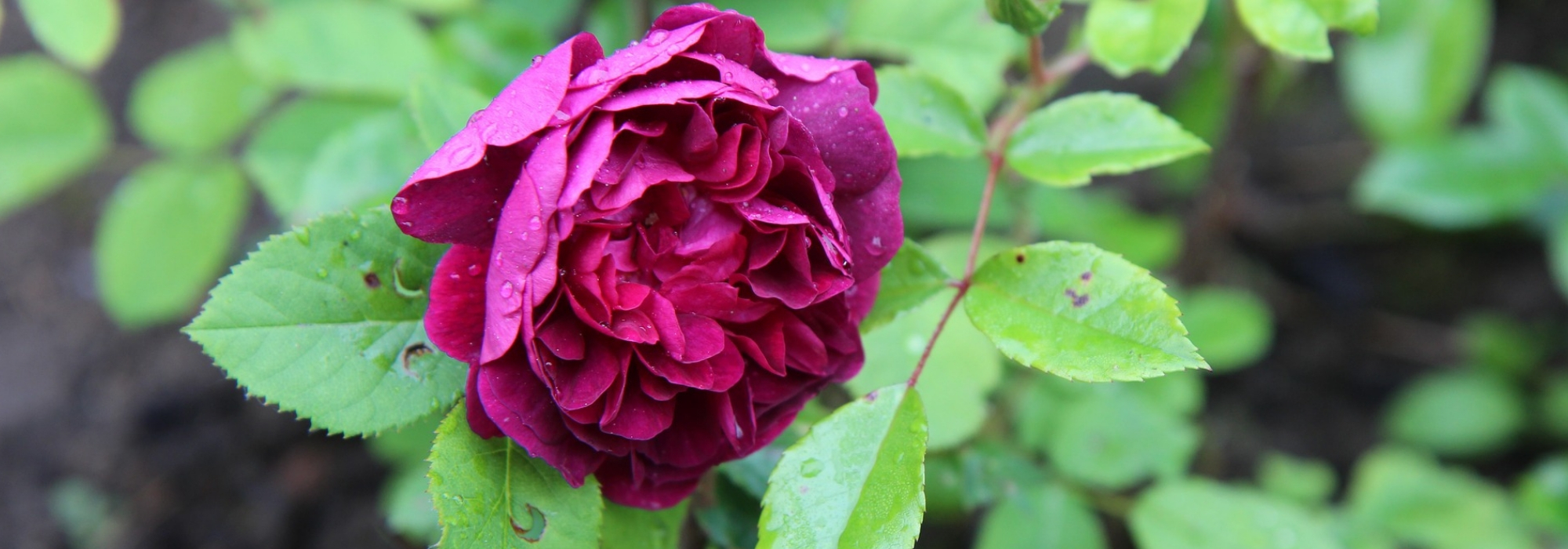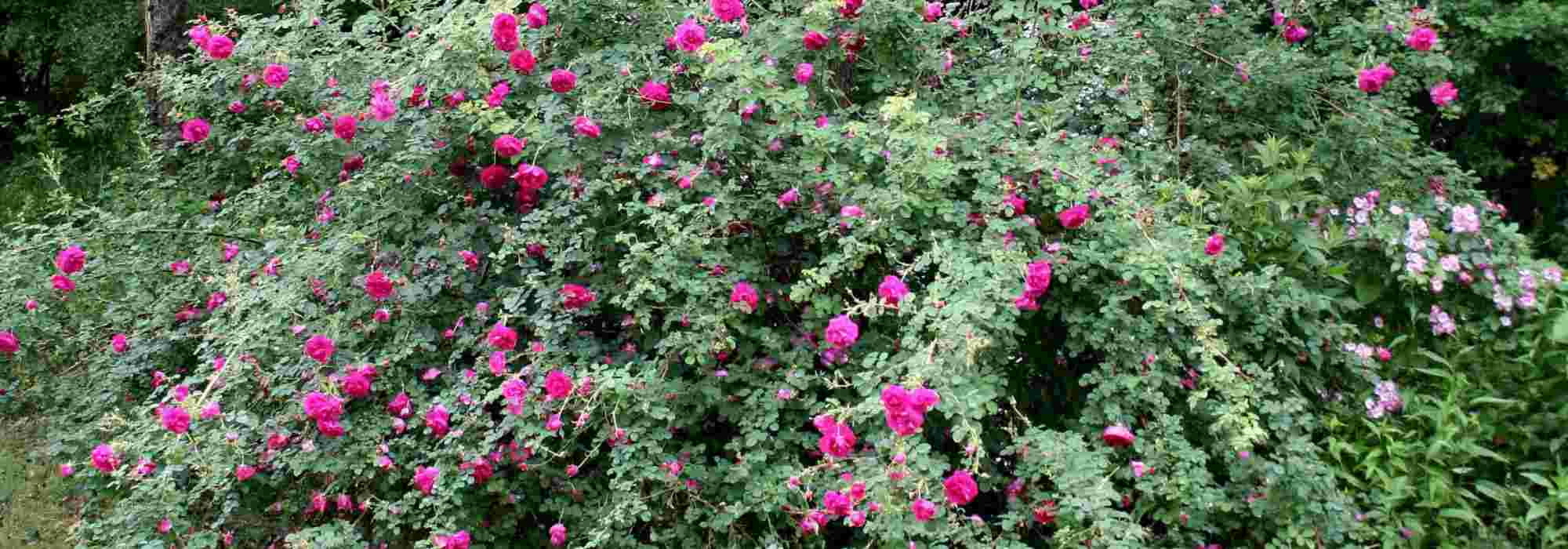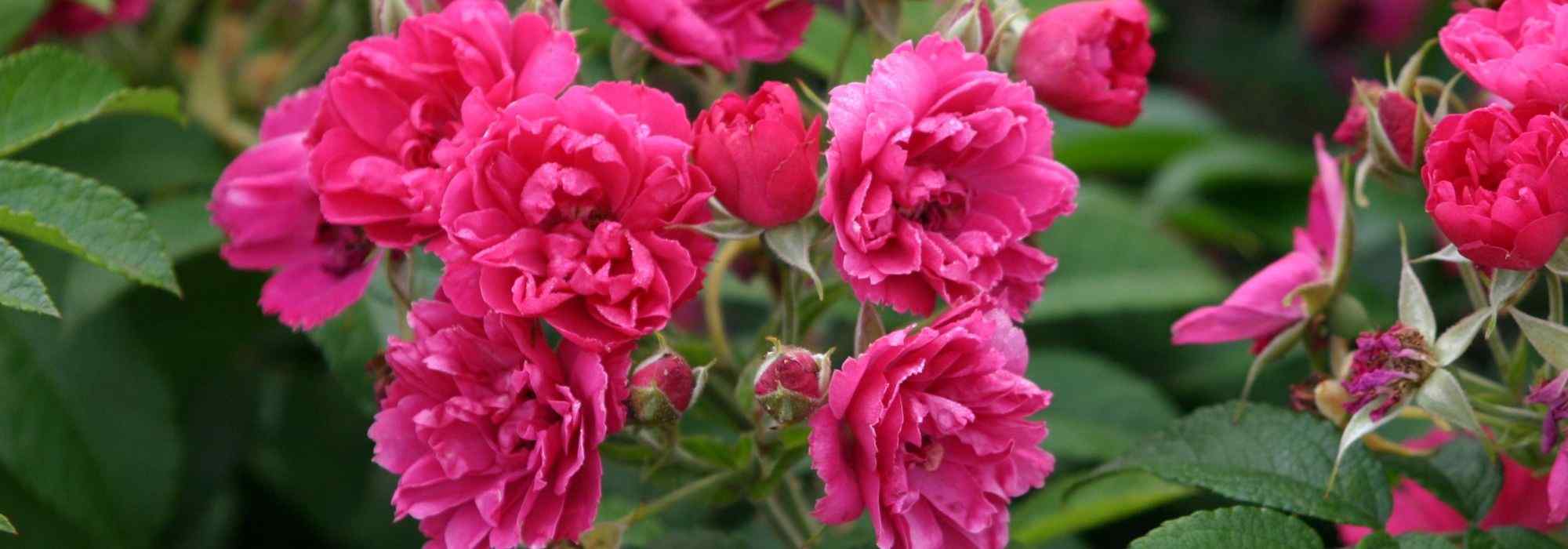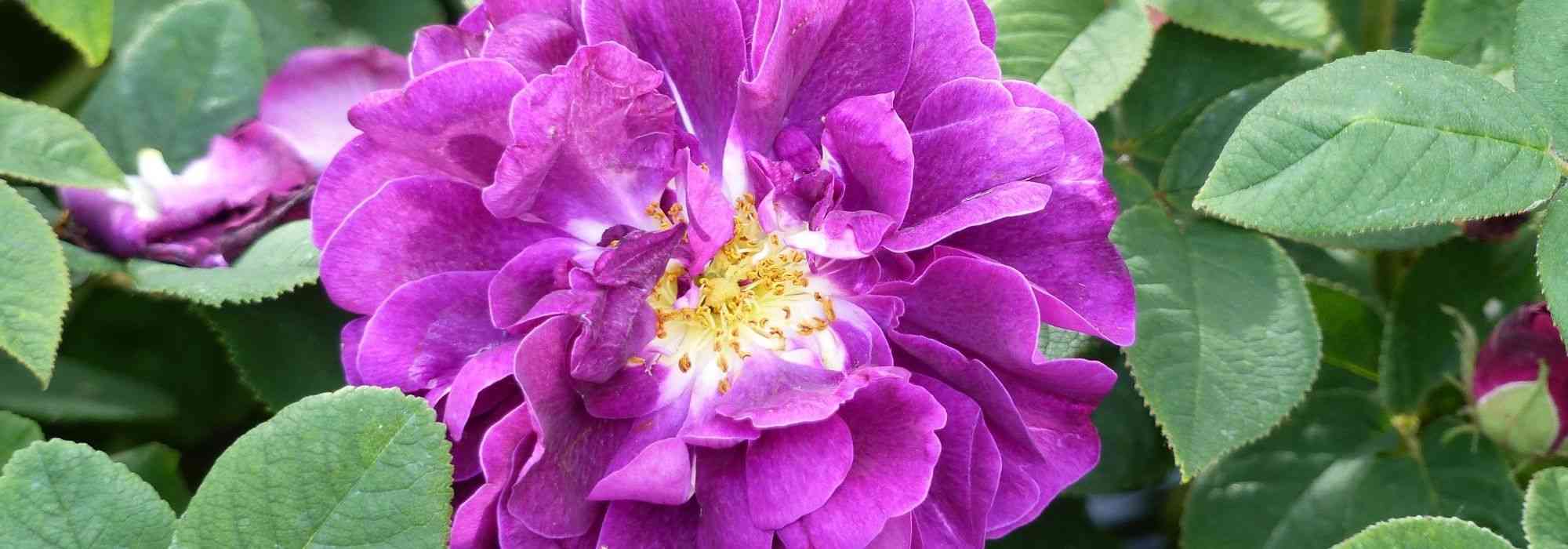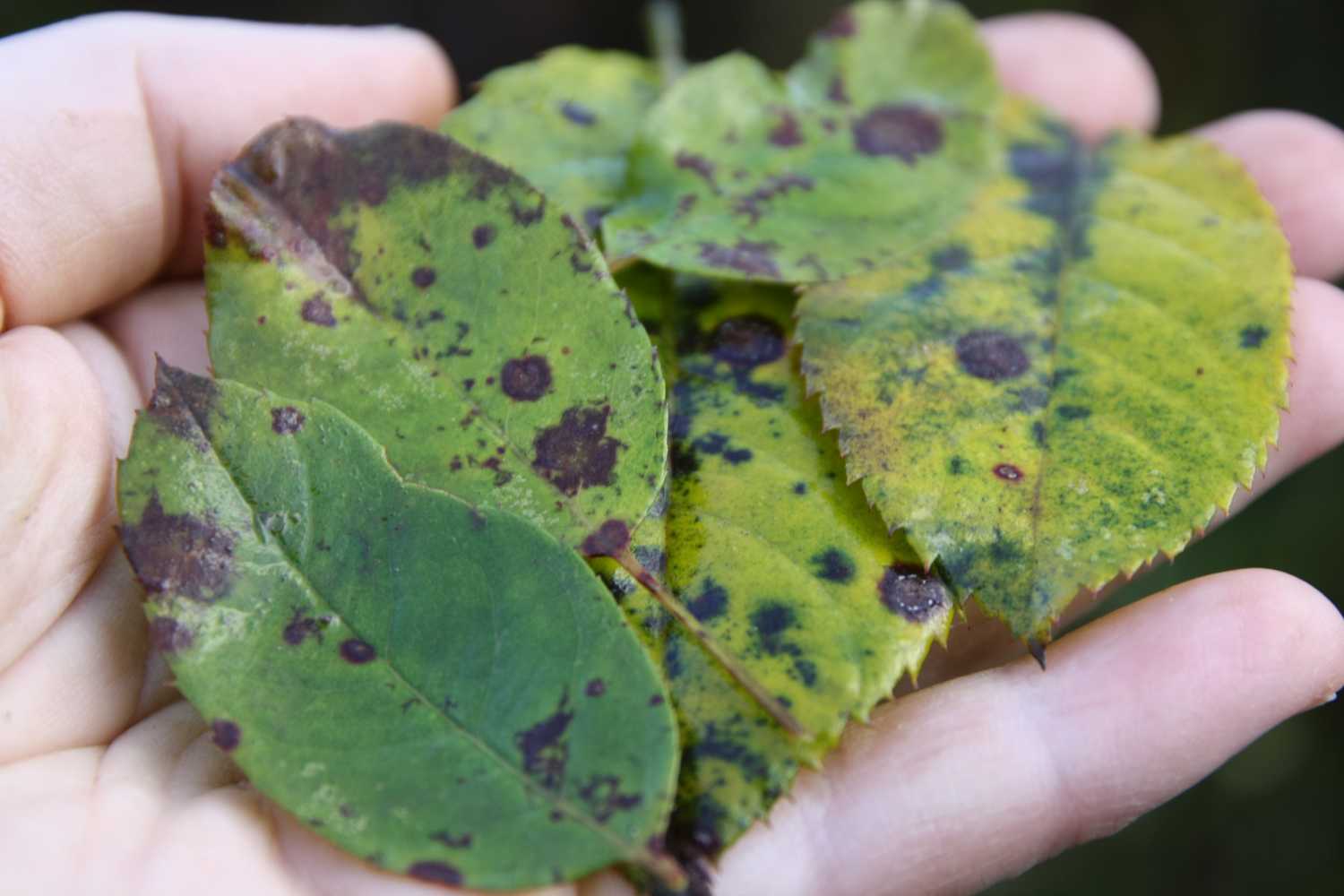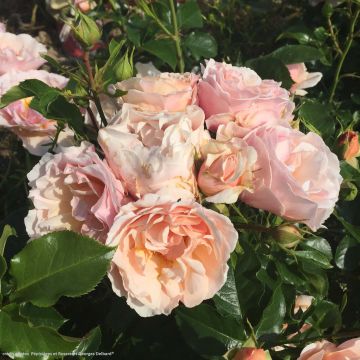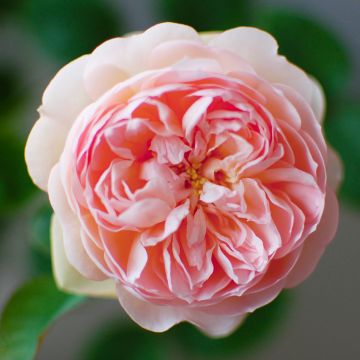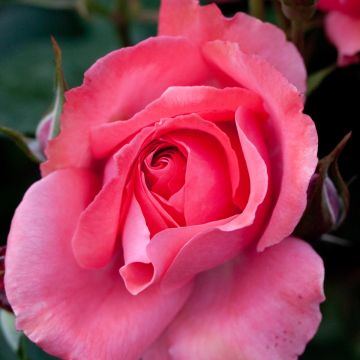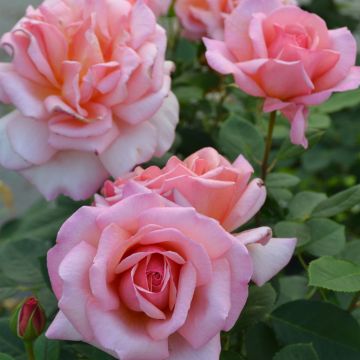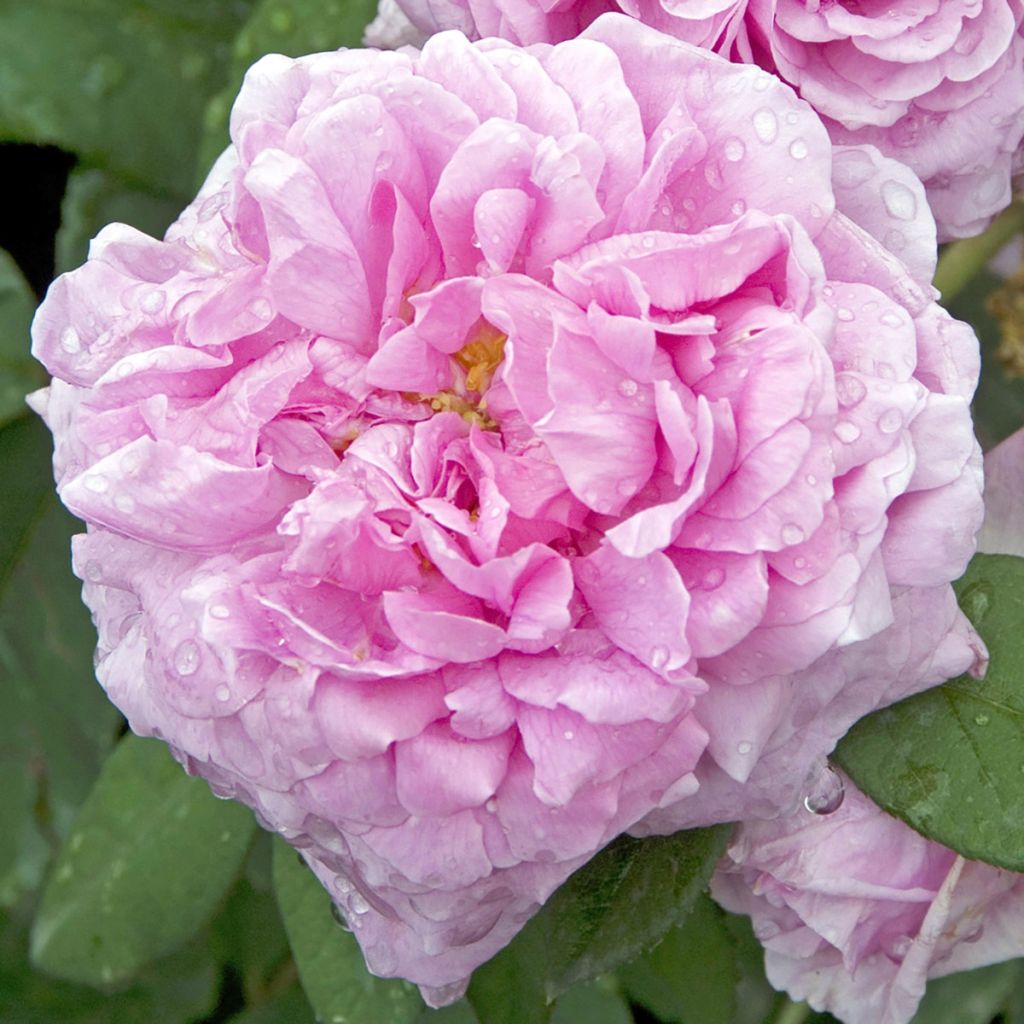

Rosa Comte de Chambord - Portland Rose
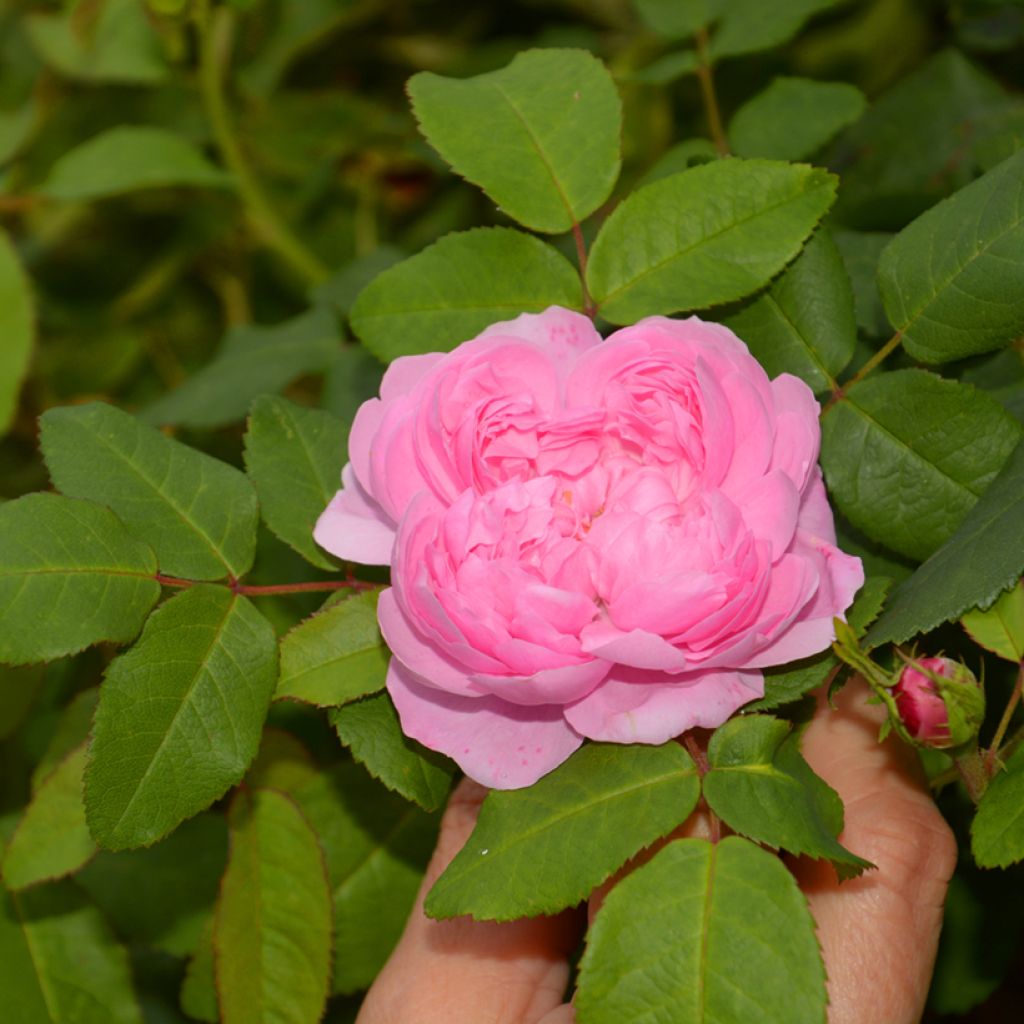

Rosa Comte de Chambord - Portland Rose
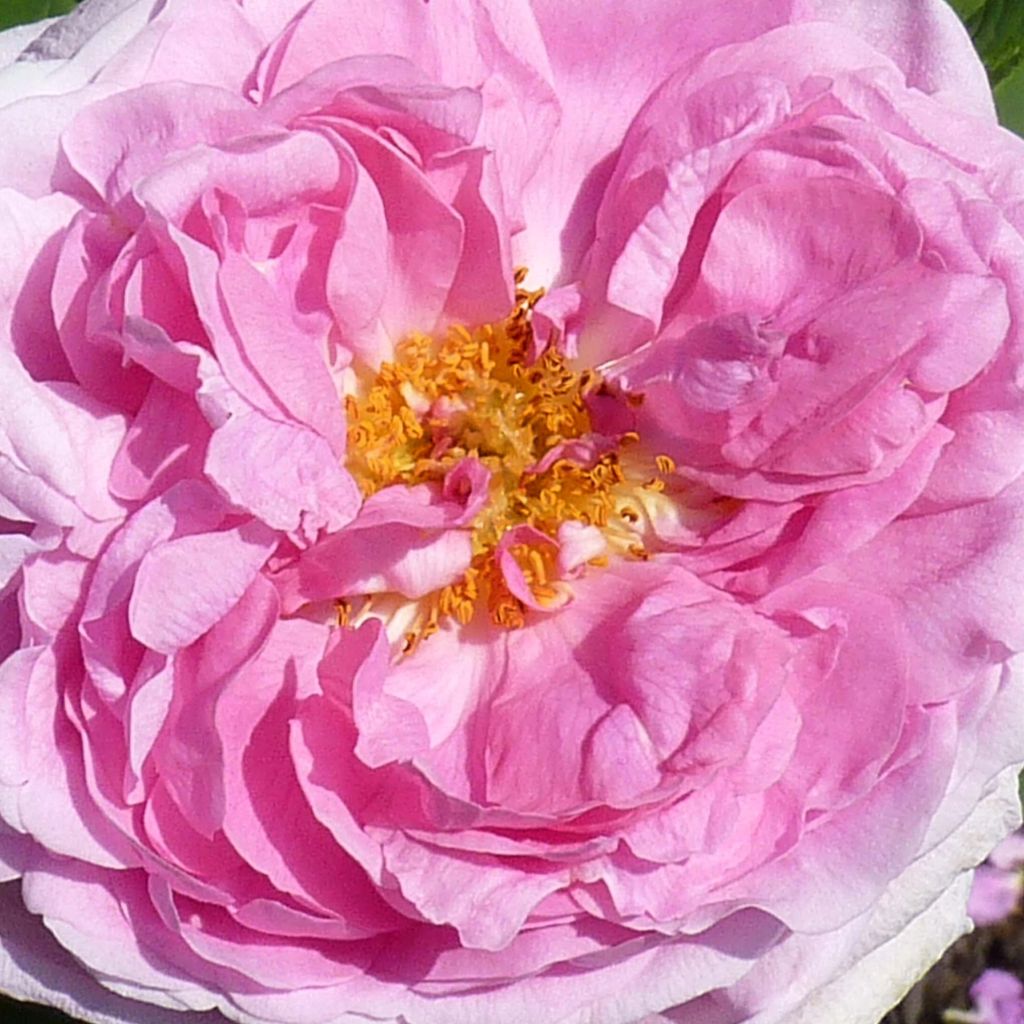

Rosa Comte de Chambord - Portland Rose
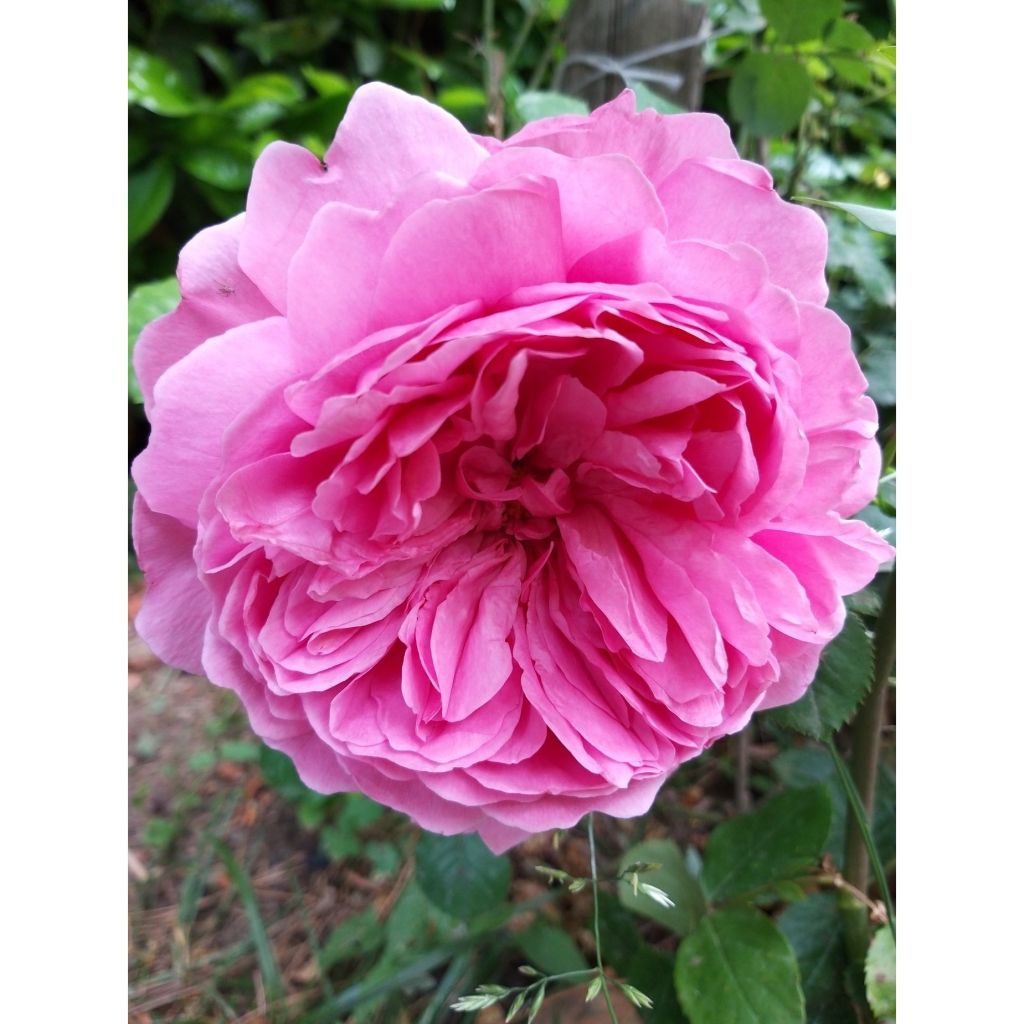

Rosa Comte de Chambord - Portland Rose
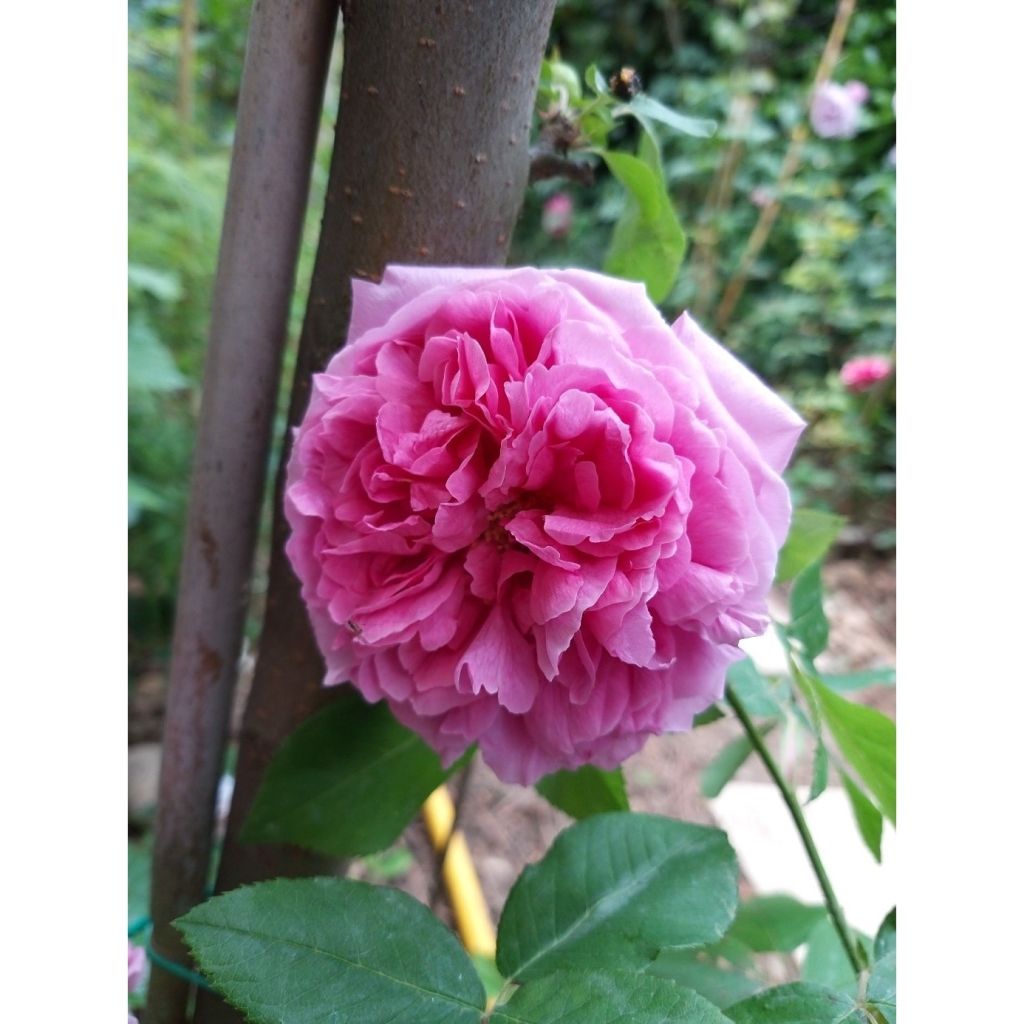

Rosa Comte de Chambord - Portland Rose
Rosa Comte de Chambord - Portland Rose
Rosa x Portland 'Comte de Chambord'
Portland Rose
Thank you to Hélène for the order preparation and Clémentine from the shipping department, the rose bush received appears healthy. Planted, I am now patiently waiting for it to take root... (or not?).
Thierry, 10/01/2023
Special offer!
Receive a €20 voucher for any order over €90 (excluding delivery costs, credit notes, and plastic-free options)!
1- Add your favorite plants to your cart.
2- Once you have reached €90, confirm your order (you can even choose the delivery date!).
3- As soon as your order is shipped, you will receive an email containing your voucher code, valid for 3 months (90 days).
Your voucher is unique and can only be used once, for any order with a minimum value of €20, excluding delivery costs.
Can be combined with other current offers, non-divisible and non-refundable.
Home or relay delivery (depending on size and destination)
Schedule delivery date,
and select date in basket
We guarantee the quality of our plants for a full growing cycle, and will replace at our expense any plant that fails to recover under normal climatic and planting conditions.

Description
The 'Comte de Chambord' old rose is one of the most beautiful Portland roses, as well as one of the most flowering. Very recurrent and highly fragrant, it is perfect for small gardens and terrace decoration. Its flowers are full, with an intense lilac pink color, opening flat and in quarters. Its very thorny vegetation shows an upright habit and is adorned with abundant light green foliage. Its flowers are also very beautiful in bouquets. A fertile soil will support the autumn flowering.
The 'Comte de Chambord' rose is an old horticultural variety, obtained in 1860 by Moreau-Robert. It comes from the 'Duchesse de Portland' rose, a spontaneous hybrid discovered in the South of Naples in 1800, and the 'Baronne Prévost' rose. Not very tall, it forms a bush with an upright habit without being stiff, which will not exceed 90cm (35.4 n) to 1m (3ft 4in) in height and 80 to 90cm (35.4in) in width. Its deciduous and abundant foliage is carried by strong and very thorny stems. Its colour is rather light green, and it has a good disease resistance. It blooms abundantly around mid-June, then sporadically during summer (in cool climates) and in September-October, once it is well established in a fertile soil. It produces large bouquets of very double roses, about 7cm (2.8in) wide, with more than 40 petals, very silky, more or less curled, arranged in quarters. Their colour, very rich, blends pink, lilac, and purple. The fragrance of its roses is sumptuous, with both sweet and fruity notes. Its flowering will be more generous in a cool and fertile soil, and it is particularly suitable for cold climates.
The use of the 'Comte de Chambord' rose is diverse, from romantic bouquets to large pots on the terrace or balcony, to small perennial flowerbeds that will not compete with its roots. Its roses go well with the silver foliage of Santolinias, Stachys lanata, white foxgloves, and paniculate Gypsophila. It will also thrive when planted alone, along a path, to enjoy its fragrance. If you have enough space, English, old, or shrub roses are magnificent when planted in groups of three plants. They will grow together to form a beautiful opulent mass that will bloom even more generously.
Rosa Comte de Chambord - Portland Rose in pictures
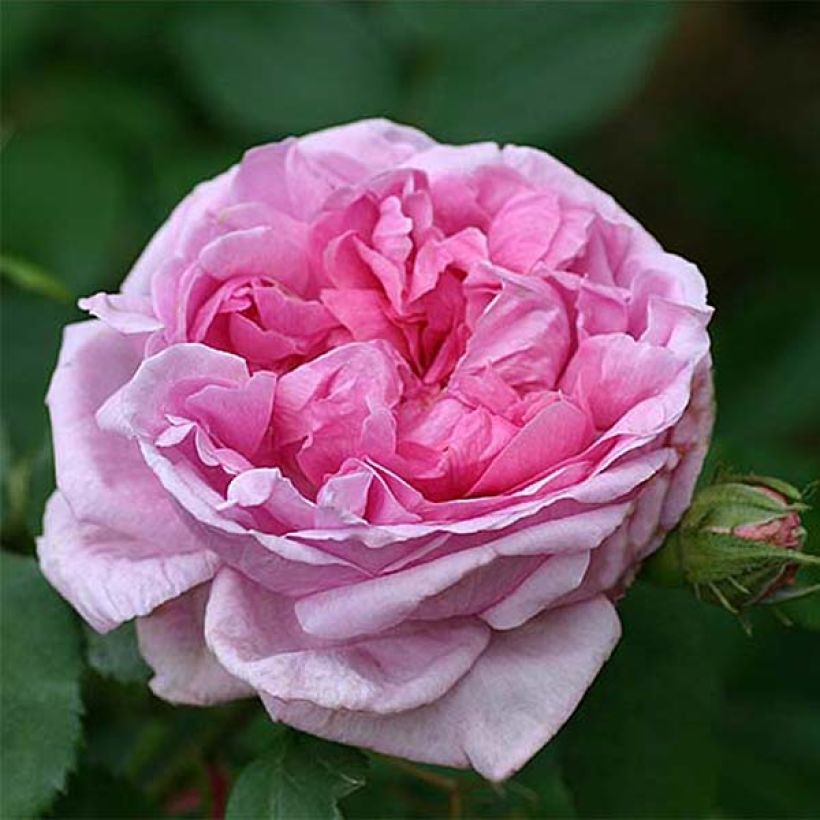

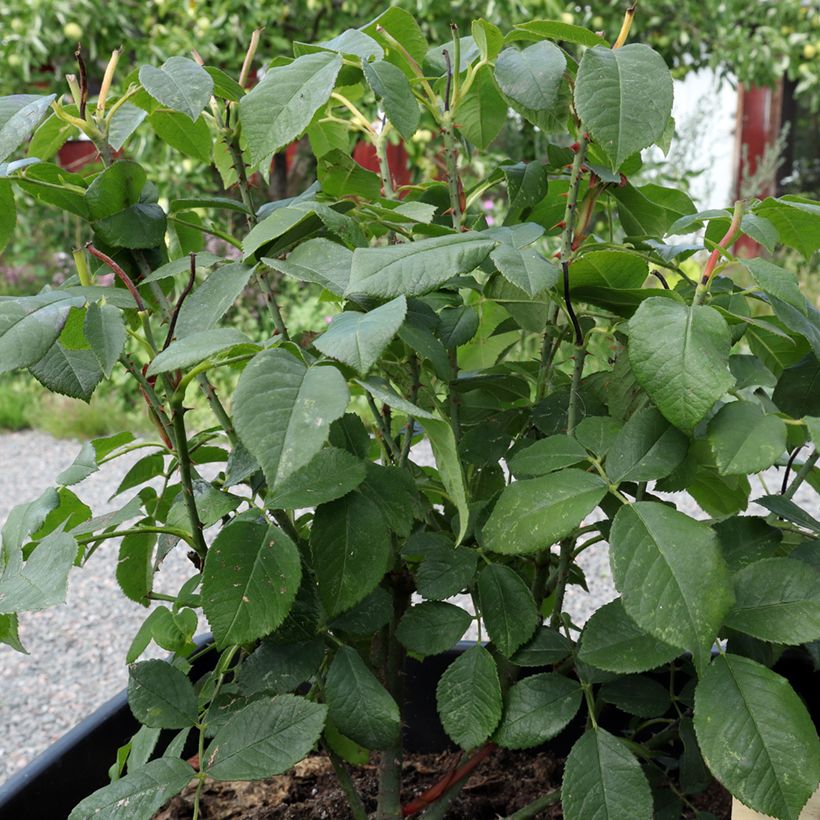

Plant habit
Flowering
Foliage
Botanical data
Rosa
x Portland
'Comte de Chambord'
Rosaceae
Portland Rose
Cultivar or hybrid
Rosa canina Laxa (Wrapped bare root, 4L/5L pot)
Planting and care
Plant your 'Comte de Chambord' Rose in a sunny or semi-shady location. Old roses are tolerant but do not appreciate excessive limestone. They will adapt to any garden as long as the soil is well-worked, not too heavy, and sufficiently rich. To plant your rose, work the soil well by crumbling the earth and placing an amendment, such as dried blood or dehydrated horn, at the bottom of the planting hole. Water generously after planting to remove any air pockets, and water during dry weather for the first two years. Water regularly for a few weeks to facilitate rooting.
Roses are often stained or unsightly at the end of summer, but this is not a problem for their development. These spots are not harmful to the rose, it is a natural phenomenon.
Planting period
Intended location
Care
Planting & care advice
-
, onOrder confirmed
Reply from on Promesse de fleurs
Similar products
Haven't found what you were looking for?
Hardiness is the lowest winter temperature a plant can endure without suffering serious damage or even dying. However, hardiness is affected by location (a sheltered area, such as a patio), protection (winter cover) and soil type (hardiness is improved by well-drained soil).

Photo Sharing Terms & Conditions
In order to encourage gardeners to interact and share their experiences, Promesse de fleurs offers various media enabling content to be uploaded onto its Site - in particular via the ‘Photo sharing’ module.
The User agrees to refrain from:
- Posting any content that is illegal, prejudicial, insulting, racist, inciteful to hatred, revisionist, contrary to public decency, that infringes on privacy or on the privacy rights of third parties, in particular the publicity rights of persons and goods, intellectual property rights, or the right to privacy.
- Submitting content on behalf of a third party;
- Impersonate the identity of a third party and/or publish any personal information about a third party;
In general, the User undertakes to refrain from any unethical behaviour.
All Content (in particular text, comments, files, images, photos, videos, creative works, etc.), which may be subject to property or intellectual property rights, image or other private rights, shall remain the property of the User, subject to the limited rights granted by the terms of the licence granted by Promesse de fleurs as stated below. Users are at liberty to publish or not to publish such Content on the Site, notably via the ‘Photo Sharing’ facility, and accept that this Content shall be made public and freely accessible, notably on the Internet.
Users further acknowledge, undertake to have ,and guarantee that they hold all necessary rights and permissions to publish such material on the Site, in particular with regard to the legislation in force pertaining to any privacy, property, intellectual property, image, or contractual rights, or rights of any other nature. By publishing such Content on the Site, Users acknowledge accepting full liability as publishers of the Content within the meaning of the law, and grant Promesse de fleurs, free of charge, an inclusive, worldwide licence for the said Content for the entire duration of its publication, including all reproduction, representation, up/downloading, displaying, performing, transmission, and storage rights.
Users also grant permission for their name to be linked to the Content and accept that this link may not always be made available.
By engaging in posting material, Users consent to their Content becoming automatically accessible on the Internet, in particular on other sites and/or blogs and/or web pages of the Promesse de fleurs site, including in particular social pages and the Promesse de fleurs catalogue.
Users may secure the removal of entrusted content free of charge by issuing a simple request via our contact form.
The flowering period indicated on our website applies to countries and regions located in USDA zone 8 (France, the United Kingdom, Ireland, the Netherlands, etc.)
It will vary according to where you live:
- In zones 9 to 10 (Italy, Spain, Greece, etc.), flowering will occur about 2 to 4 weeks earlier.
- In zones 6 to 7 (Germany, Poland, Slovenia, and lower mountainous regions), flowering will be delayed by 2 to 3 weeks.
- In zone 5 (Central Europe, Scandinavia), blooming will be delayed by 3 to 5 weeks.
In temperate climates, pruning of spring-flowering shrubs (forsythia, spireas, etc.) should be done just after flowering.
Pruning of summer-flowering shrubs (Indian Lilac, Perovskia, etc.) can be done in winter or spring.
In cold regions as well as with frost-sensitive plants, avoid pruning too early when severe frosts may still occur.
The planting period indicated on our website applies to countries and regions located in USDA zone 8 (France, United Kingdom, Ireland, Netherlands).
It will vary according to where you live:
- In Mediterranean zones (Marseille, Madrid, Milan, etc.), autumn and winter are the best planting periods.
- In continental zones (Strasbourg, Munich, Vienna, etc.), delay planting by 2 to 3 weeks in spring and bring it forward by 2 to 4 weeks in autumn.
- In mountainous regions (the Alps, Pyrenees, Carpathians, etc.), it is best to plant in late spring (May-June) or late summer (August-September).
The harvesting period indicated on our website applies to countries and regions in USDA zone 8 (France, England, Ireland, the Netherlands).
In colder areas (Scandinavia, Poland, Austria...) fruit and vegetable harvests are likely to be delayed by 3-4 weeks.
In warmer areas (Italy, Spain, Greece, etc.), harvesting will probably take place earlier, depending on weather conditions.
The sowing periods indicated on our website apply to countries and regions within USDA Zone 8 (France, UK, Ireland, Netherlands).
In colder areas (Scandinavia, Poland, Austria...), delay any outdoor sowing by 3-4 weeks, or sow under glass.
In warmer climes (Italy, Spain, Greece, etc.), bring outdoor sowing forward by a few weeks.


































